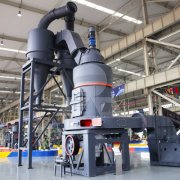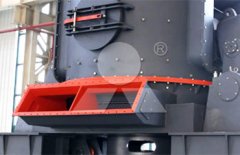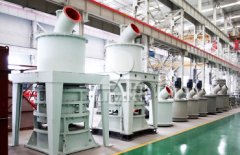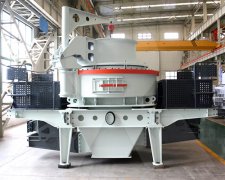crushed stone bot aggregates limited crushed aggregate
Crushed stone, also known as crushed aggregate, is a type of construction material that is produced by mechanically crushing rocks, boulders, or gravel. It is one of the most commonly used materials in the construction industry for various applications.
Crushed stone is typically produced from quarries or mines where large deposits of rocks or gravel are extracted. The rocks are then crushed using crushers, such as jaw crushers, impact crushers, or cone crushers, to reduce them to the desired size. The resulting crushed stone is sorted into different sizes using screens or sieves.
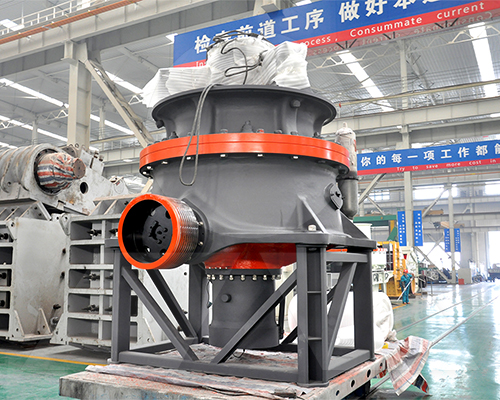

Crushed aggregate can be further categorized into different grades based on the size of the particles. Common grades of crushed stone include:
Coarse Aggregate: This is the largest grade of crushed stone, typically ranging from 5 to 20 millimeters (0.2 to 0.8 inches) in size. It is commonly used in concrete production, road construction, and drainage systems.
Fine Aggregate: Also known as sand, fine aggregate consists of particles smaller than 5 millimeters (0.2 inches) in size. It is often used in mortar, plastering, and as a base material for pavers and concrete.
Base Course: This grade of crushed stone is used as a foundation layer for roads, driveways, and other structural applications. It provides stability and helps to distribute the load evenly.
Riprap: Riprap is large-sized crushed stone used to protect shorelines, riverbanks, and slopes from erosion. It is typically placed along water bodies or areas prone to erosion.
Crushed aggregate offers several advantages in construction applications. It provides a stable and durable foundation, improves drainage, enhances load-bearing capacity, and contributes to the strength of concrete. Additionally, crushed stone is available in different colors and textures, making it suitable for various aesthetic applications.
Recommended news

